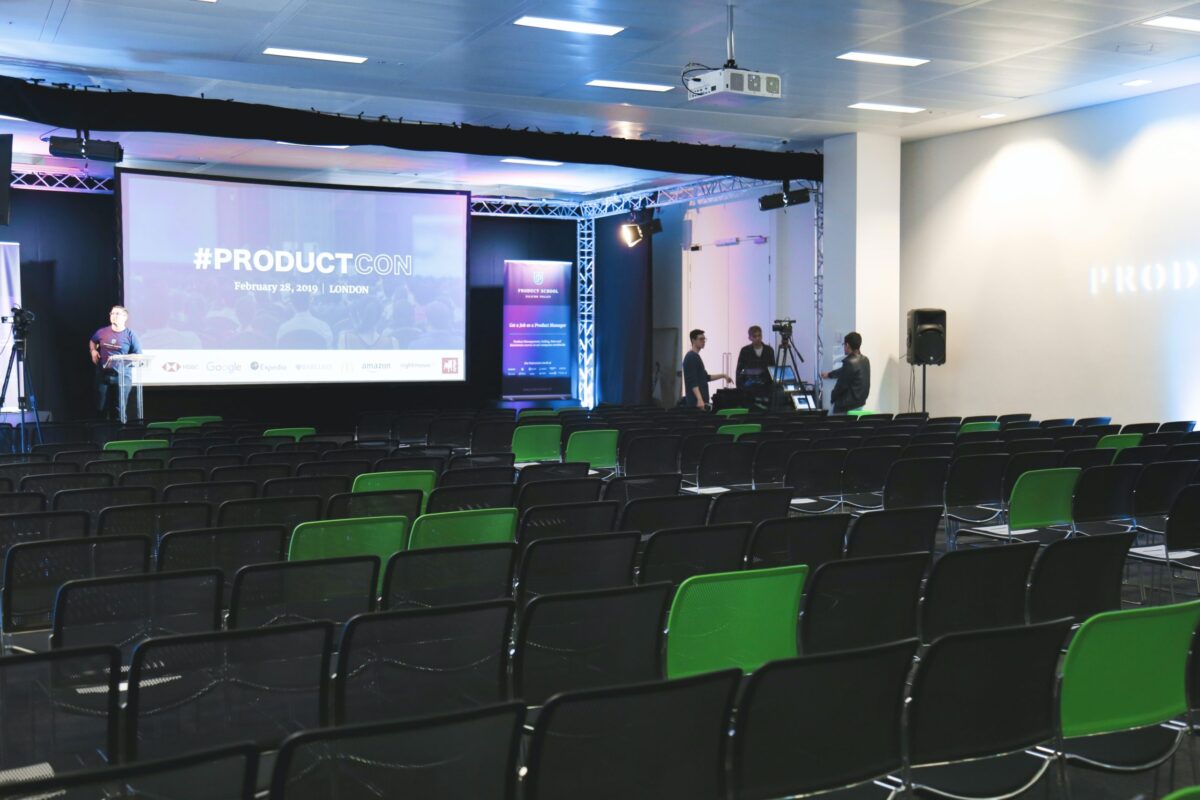

Have you ever been so excited about buying something new that you fail to stop long enough to consider how it might impact you in the long run? Let’s face it; rarely do we ever consider the long-term consequences of our purchases and impulsive needs, especially when it comes to technology.
I can still remember my first smartphone purchase – the answer to my productivity needs. The ability to map my destinations, create travel itineraries on a whim, respond to emails in a more timely fashion, take photos and more. I’ve never been one that is a cutting-edge ‘early adopter’ where technology is concerned, but the smartphone was truly that – smart. It was the answer to my overwhelmed, overly committed life.
Never one time did I stop to consider the long term impacts the smartphone would have on my life, let alone on society. Have you ever stopped to contemplate how your life has changed since introducing this device into it? If you knew then what you know now, would you still have made that very first purchase? Or perhaps, would you have introduced it to your life differently?
The following aspects are those I wish I would have – could have – considered before that first smartphone purchase:
Dinner Disruptions:
I wish I would have known that I would rarely see families and friends engaged in a conversation around the dinner table without the distraction of a device. I can’t even recall the last time I sat in a restaurant and witnessed everyone engaged in a non-device disrupting conversation and meal. Far too often I see adults tuned out reading online while kids mindlessly play games and avoid interaction. I watch as young couples engage more on social media than with each other. I wait as servers and staff turn their attention to patrons in need of photos, causing other patrons to sit in wait.
Traveling Challenges:
I wish I would have known that every airport would become a land mine of adults sitting on floors and against walls, hovering near any available power outlet or charging station, handcuffed to their device in a desperate hope it will charge before boarding the flight. Before smartphones, I can’t recall a time it was commonplace to see grown adults holding a small device as if it were their very life support.
Distracted Driving:
I wish I would have known the rate people would crash, or even die, due to distracted drivers. Let’s face it, there are few things more annoying, distracting and dangerous than a smartphone alert going off when you’re behind the wheel of a car. No matter where you keep the phone – your purse, console, glove box or back seat – there is something about the sound of an alert that pulls your focus from the road. Never would I have imagined how many people I would share the road with that would be texting while driving, reading the news, posting online or even live streaming their thoughts in transit. Even when thought I have disciplined myself not to look at the phone while driving, the very thought of what awaits for me competes for my attention more than I would have ever imagined.
Home Life Hindrances:
I wish I would have known how much I would ask my friends and family to pause their thoughts as I answered a self-inflicted obligation to respond to emails after hours. I can remember when I first linked my email to my smartphone and thought how amazing it was to respond to emails after the work day was over. I considered this a productivity win as my response times were cut in half. I had faith that others recognized my diligence and would be appreciative of my timely response. What I didn’t realize is that in time, my enthusiasm for answering after hour emails would turn into a habit and that habit would turn into obligation. Little by little, I had trained those in my circle to expect an immediate response from me. Before I knew it, my 9 to 5 turned into a 24×7 workday. My loved ones became the ones in wait as I took time and attention from them to respond to messages that could have easily waited until morning.
Need for Instant Information:
I wish I would have known my need for instant information would become a crutch. I’m not sure if you’re like me, and have lost track of the number of times you’ve stopped mid conversation to research facts and figures to prove a point. While having information at our fingertips is amazing, it can also hinder our ability to be free thinkers and engage in healthy debates and judgement without the need to immediately prove who is right.
Social Media Influence:
I wish I would have known how toxic social media would become. If only I could have seen the day I would wish for photos of a friend’s meal to be the topic of social media fodder. Instead, the smartphone has allowed all of us to think, and post, without self-censorship. We’ve entered into a world where what we feel is immediately available for others to read. I would have never guessed the draining effect it would have on my in my daily life, feelings and productivity. Not only has the smartphone increased my accessibility to read social media, it’s made it addictive to the point that a concerted effort has to be made just to tune it out or avoid it all together.
Productivity Nemesis:
I wish I would have known that the very tool I was purchasing to help me become more productive would be the very thing that would challenge my ability to do so. With constant alerts, messages and updates, it’s hard to remain focused on anything of importance. Trying to focus on a task becomes challenging when I know someone has messaged me and is awaiting an immediate response. Now, I have to make a conscious effort to download apps and schedule times of days they work to keep alerts and messages at bay. Never the less, the impulsive need to check my screen for notifications is often more than I can bear. Despite my need for focused thinking, I find my attention challenged in ways I would have never previously imagined.
Talking to Foreheads:
I wish I would have known that the introduction of the smartphone meant learning to carry on conversations with people’s foreheads. If only I had the ability to grab someone by their face and say what my 5 year old friend, Donovan, taught me – “Listen with your eyes.” Put the phone down and pay attention to what is right in front of you, not what can wait. If only I would have known how preconditioned I would become – we would become – to accepting interruptions and someone’s half attention as the norm.
Is there anything you wish you would have known before buying your first smartphone? While technology has helped us in many ways, it challenges our focus and competes for our attention for what is truly important. While I don’t regret having this amazing technology, hind sight is always 20/20. Now that we know the challenges, can we change our habits, or are we doomed to distraction?
I believe attention is our new currency. Attention to what matters most is where we will profit, boost productivity and increase accountability. Paying attention to what is important is a skill we must learn – if not relearn – to help us achieve balance in our lives with technology.
What are your thoughts? I would love to read them. Are you committed to changing your habits and learning how to use the smartphone as a tool and break the dependency you’ve created? If so, subscribe to my ezine to learn tips, techniques and strategies to help you pay attention to what matters most.


















